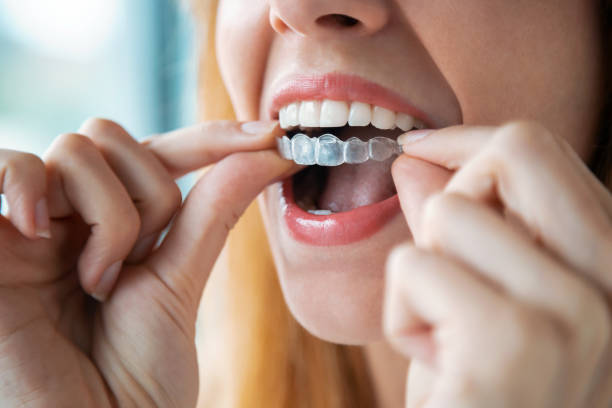The answer is: it depends! There are several factors that we take intro consideration before making a decision to start orthodontic treatment for your child. But before we get into that, there are three important things you should know: Finding the perfect age for orthodontic or braces treatment can be a daunting task for parents and children alike. There are several factors to consider, including the age of the child, the severity of the misalignment, and the type of braces or other devices used. The good news is that, with the right information and guidance, parents can make an informed decision about when to begin orthodontic treatment for their child. This guide will provide an overview of the factors to consider when deciding what age is best for treatment.
Crooked teeth always take away the joy of a spontaneous smile. We can’t even mention the low self-esteem associated with people with misaligned teeth. Most parents understand this and prepare early enough for their kids to visit a dental clinic for their first check-up.
Tips on preventing aesthetic problems in Childhood
- Avoid taking tetracycline antibiotics for any extended period during pregnancy and giving it to your child before either year of age. It can cause staining of primary and permanent teeth that may be impossible to remove and difficult to cover.
- If your water supply is properly fluoridated, it is not necessary to give your child vitamins containing fluoride.
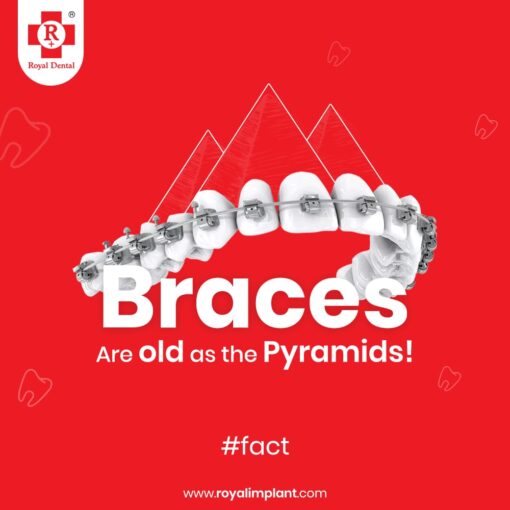
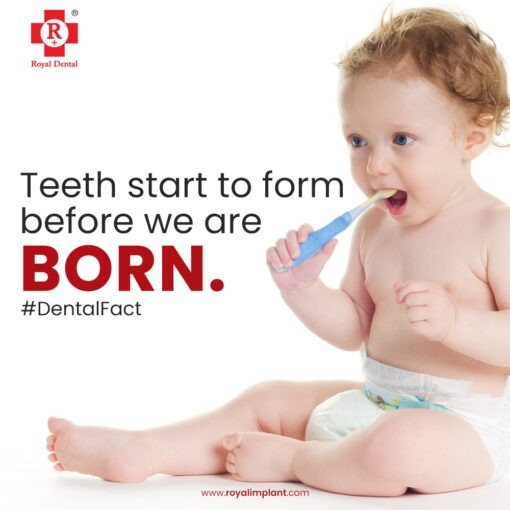
- Avoid foods high in calories and junk foods, such as candy, which may promote decay.
- Watch out for tell-tale signs of clenching or grinding. Have your child’s dentist look for signs of wear on the teeth surfaces, Also, pay attention to headaches, backaches can be associated with clenching or grinding.
- If the teeth are crowded, consult your child’s dentist. An early orthodontic appointment may be useful. If you see a permanent tooth erupting where the baby tooth has not yet been lost, consult your child’s dentists.
How to avoid an ageing Smile?
- Watch for unnatural wear, it ages the smile.
- Avoid bone and gum loss. Spaces between the teeth can give an older look to the smile.
- Take proper oral hygiene seriously and request frequent periodontal evaluate from your dentists.
- Replace fillings when necessary. Don’t let your crowns or bridges age you. If they are worn down, replace them.
- Have any discoloured teeth corrected Staining makes you look older.
- Replace any missing teeth as soon as possible, Missing teeth can cause bit to collapse and tissues to sag.
- Correct your bad bite. As you age, the bad bite tends to become more pronounced. It’s never too late to have corrected!
Have you noticed your child’s front teeth seem crowded? Are you worried about your pre-schooler’s thumb-sucking habit? Should your little one’s underbite concern you? When you consider your child’s smile, what’s the best age for braces? Paediatric orthodontia can stir up a lot of questions. If you suspect your child might need braces, learn when to schedule that first visit to the orthodontist and what you can expect.
What Do Braces Do?
Orthodontic treatments can solve multiple mouth issues. These issues include teeth crowding, missing or extra teeth, tooth spacing, and improper bites. Orthodontic problems are also known as malocclusions. Occlusion refers to the way your upper and lower teeth fit together — also known as your bite. With proper occlusion, your upper teeth fit slightly over your lower teeth, and each molar fits the grooves of the opposite molar. So, malocclusion means that your bite not regular, and you need orthodontic treatment — like braces — to fix it.
When Should You First Visit the Orthodontist?
American Association of Orthodontists recommends that every child have an orthodontic examination by the age of seven. By then, the maxillary and mandibular first molars, lateral incisors and central incisors should have erupted. Still, many orthodontic problems are best treated after all the permanent teeth have come in. An early appointment will help confirm your child does not need treatment or might need treatment in the future.
If you need help determining whether or not to schedule an appointment, talk to your child’s dentist. They can look at your child’s mouth and even refer you to an orthodontist.
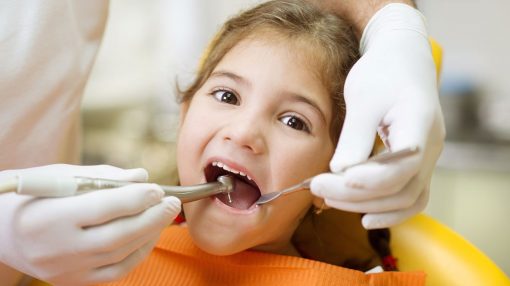
1. Permanent teeth start to grow at age 6
The first permanent teeth to grow are the first molars which grow behind the very last baby molars. Central incisors (front teeth) are the first teeth to replace baby teeth.
2. It takes 5-6 years to complete the transition from baby to permanent teeth
Most children get their full set of permanent teeth around age 12-13.
3. A child’s age is not always an accurate indicator of dental development
This means that some children develop and grow their teeth quickly while others do not. It is not uncommon to see a 9 year-old child with a full set of permanent teeth and a 15 year-old with several baby teeth in his/her mouth. There are a variety of causes for delayed dental development and in most cases they are not a concern as long as permanent teeth grow eventually.
When is the right time for orthodontics?
There is no easy answer to this question. This is due to the fact that orthodontic treatments can be offered at any age, even in adults. Data from the National Health Service shows that most first orthodontic treatments are provided between the ages of 10-14 years. For girls, the average is at 10-12 years with boys averaging at 12-14 years.

However, most professional orthodontists prefer early treatments. The standard age accepted world-wide is seven. At this age, the child has a mixture of both adult and baby teeth. The dentist is able to carry out an early orthodontic inspection to determine if there may be problems present. This allows you to practise a preventive orthodontic treatment approach.
Factors to Consider for Orthodontic Treatment
There are several factors to consider when deciding what age is best for orthodontic treatment, including the age of the child, the severity of the misalignment, and the type of braces or other device used. Some children are ready for orthodontic treatment in their early years, while others will not be ready until they are in their late teens or even older.
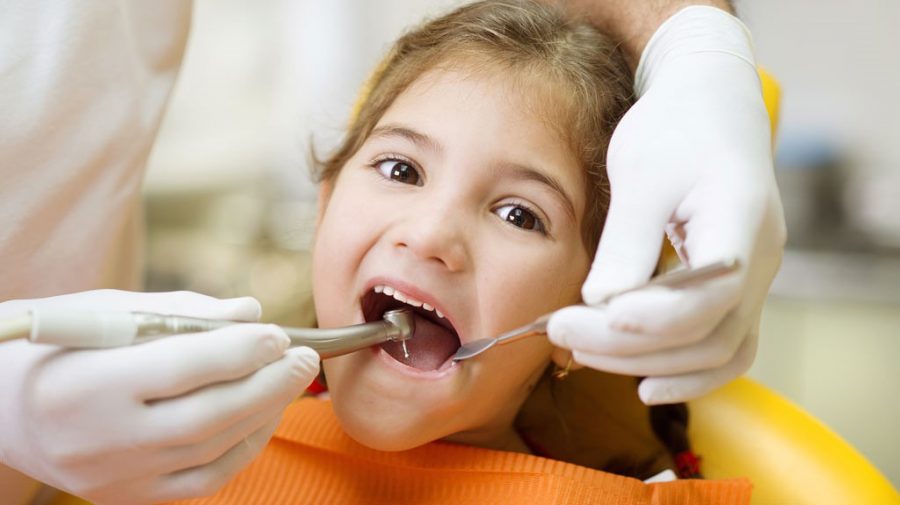
Age for Orthodontic Treatment
Since most orthodontic treatments can last anywhere from two to six years, the age of the child is an important factor in deciding when to begin treatment. A general rule is that treatment should begin while the child is still growing, typically around the ages of seven to nine years old. Ideally, treatment should be finished before a child has finished growing, usually before the age of 16 years old.
The severity of Misalignment or crookedness
Another important factor to consider is the severity of the misalignment. If the misalignment is minimal, treatment may not be necessary and will not likely have a significant effect on the child’s health and appearance. In other cases, a misalignment may be severe enough to hurt a child’s health, self-esteem, and appearance. Severe misalignments can also cause other problems in the future, including tooth decay, gum disease, and jawbone deterioration.
Type of Braces for Orthodontic Treatment
The type of device used during orthodontic treatment, and the age at which treatment begins, will also greatly impact the length and cost of the process. These devices include Invisalign, braces, and other forms of corrective dental devices. The type of device used, as well as the age at which treatment begins, will determine the length and cost of the process. The earlier treatment begins, the shorter the process will be and the lower the cost will be.
Conclusion
Orthodontic treatment can be beneficial for children and adults of all ages. When choosing an age for orthodontic treatment, parents should consider the severity of the misalignment, the age of the child, and the type of device used. Early treatment is recommended for most children. For parents who are considering orthodontic treatment for their child, this guide will provide an overview of the factors to consider when choosing an age for treatment.

